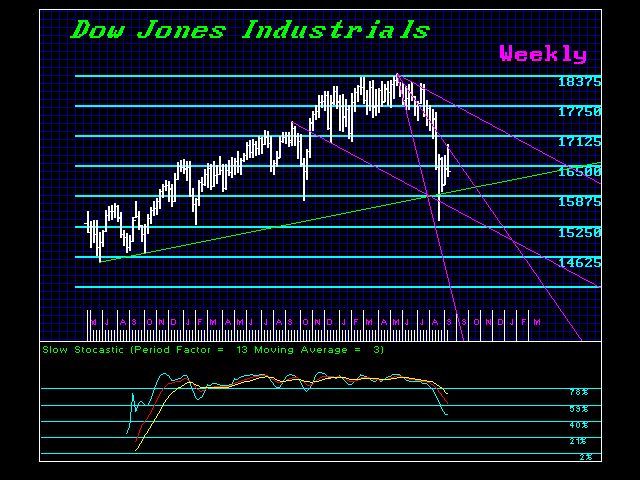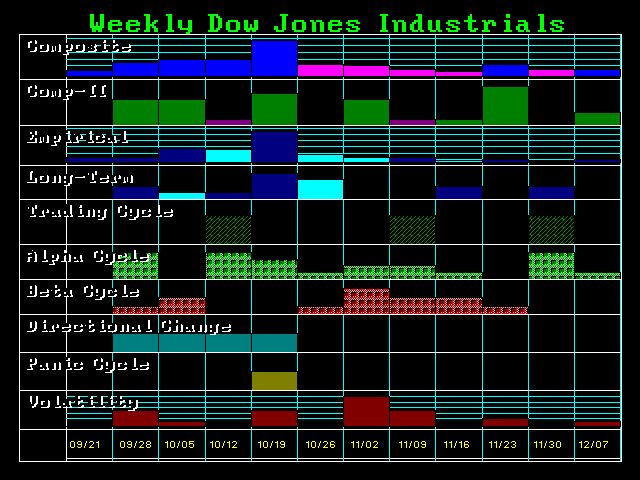It is fascinating that when I warn of anything using the word “CRASH” newspapers immediate report it as I am forecasting a crash in the stock market. This demonstrates that there is no consideration that government can also crash and burn – the perfect example of 100% confidence. Yes, if this week simply closes on the Dow below 16280, then we can be looking at that slingshot move I have warned about where in one year, we have a crash and a swing to the upside to new highs. These type of events are the ultimate mind game, but that is how they destroy the majority. As for those who write asking which investment will be safe – the answer is NONE.
 While those who distort the events of the Great Depression to sell gold or whatever, keep in mind that commodities peaked in 1919 and bottomed WITHstocks in 1932. Real Estate peaked in 1927 followed by bonds when the Fed cut rates to try to help Europe, then everything reversed and stocks soared in 1929 and then crashed and burned into 1932 bottoming with commodities.
While those who distort the events of the Great Depression to sell gold or whatever, keep in mind that commodities peaked in 1919 and bottomed WITHstocks in 1932. Real Estate peaked in 1927 followed by bonds when the Fed cut rates to try to help Europe, then everything reversed and stocks soared in 1929 and then crashed and burned into 1932 bottoming with commodities.
There was NO SINGLE INVESTMENT left standing – ABSOLUTELY NOTHING. So why the charlatans are trying to sell you newsletter with promises of if you just bought this letter you will make 20,000%, keep in mind this is a period of survival we are entering – not wild speculation. If you do not understand the nature of the beast, the beast will have you for lunch.
…click on the above link to read the rest of the article…








 As of today, depositors reportedly only get 50 euro per day, because the banks have run out of 10s and 20s.
As of today, depositors reportedly only get 50 euro per day, because the banks have run out of 10s and 20s.




